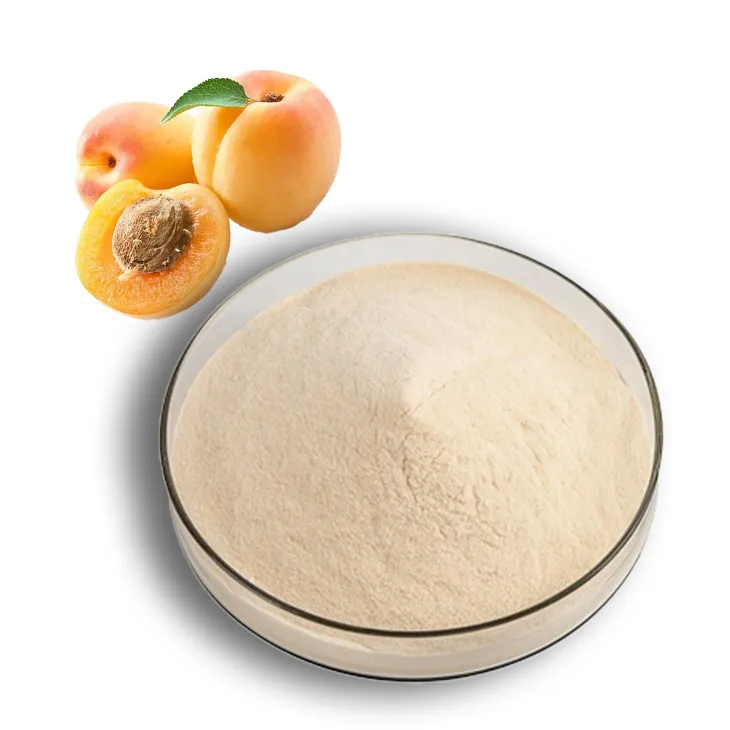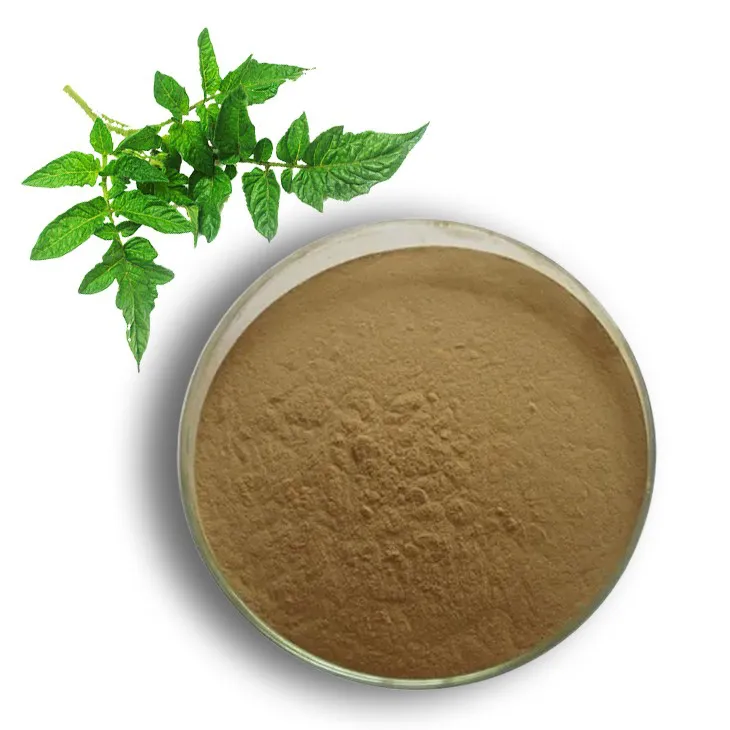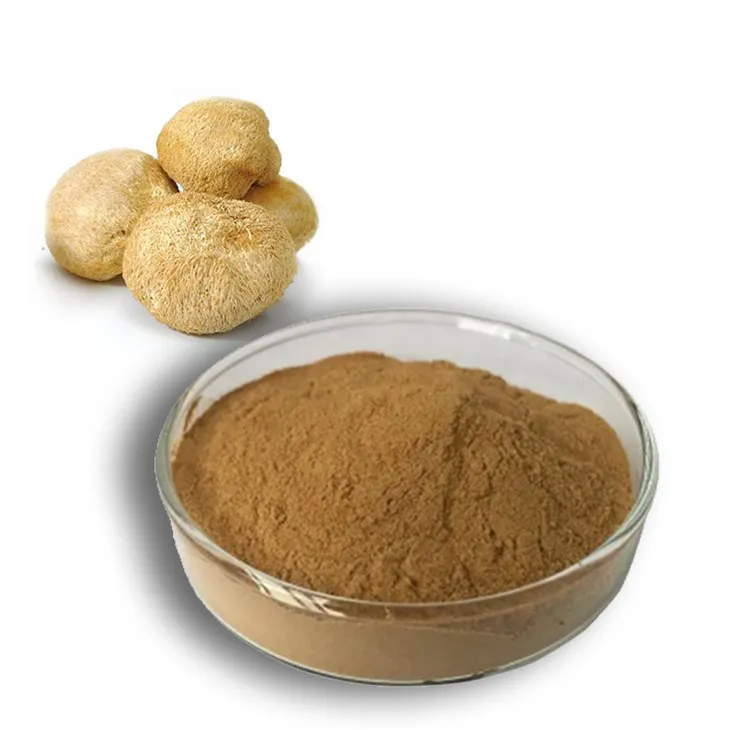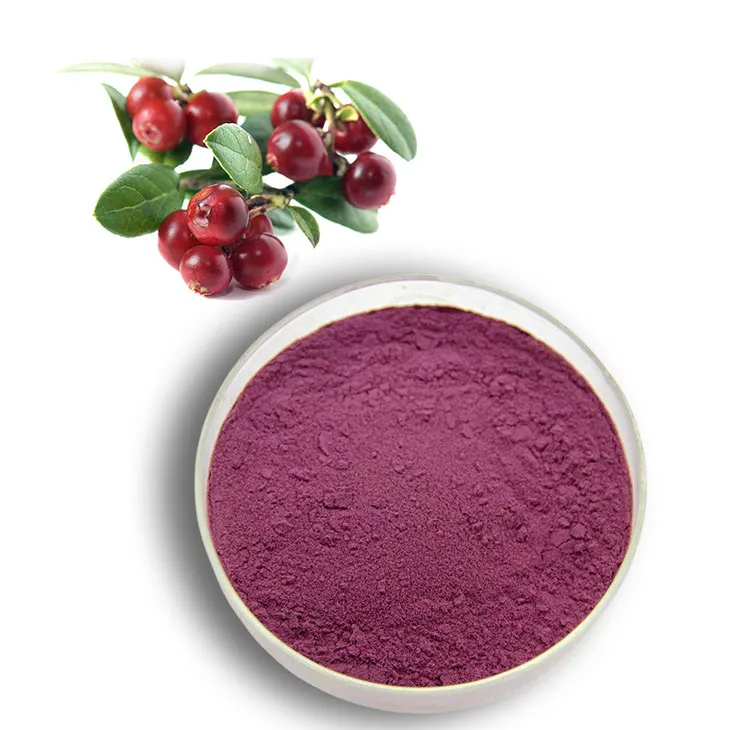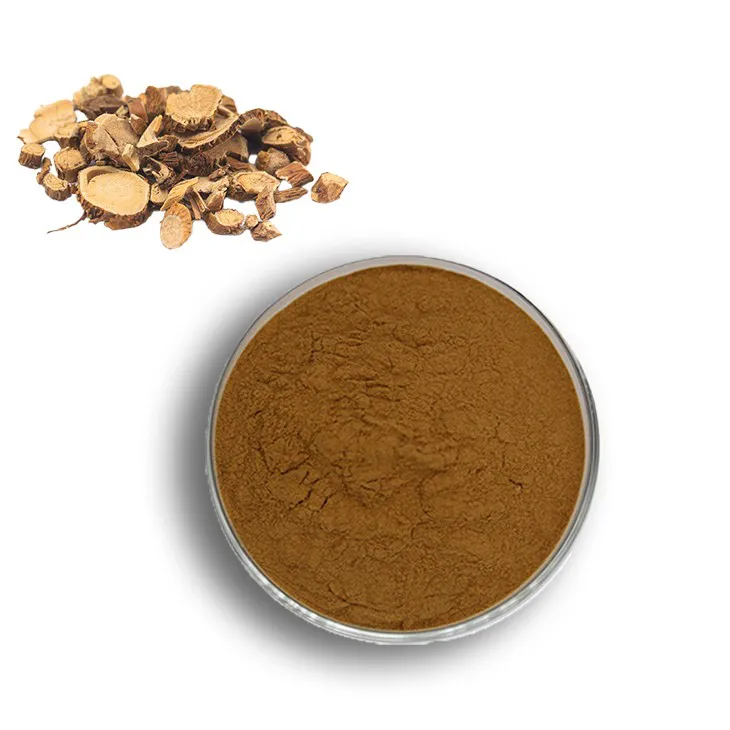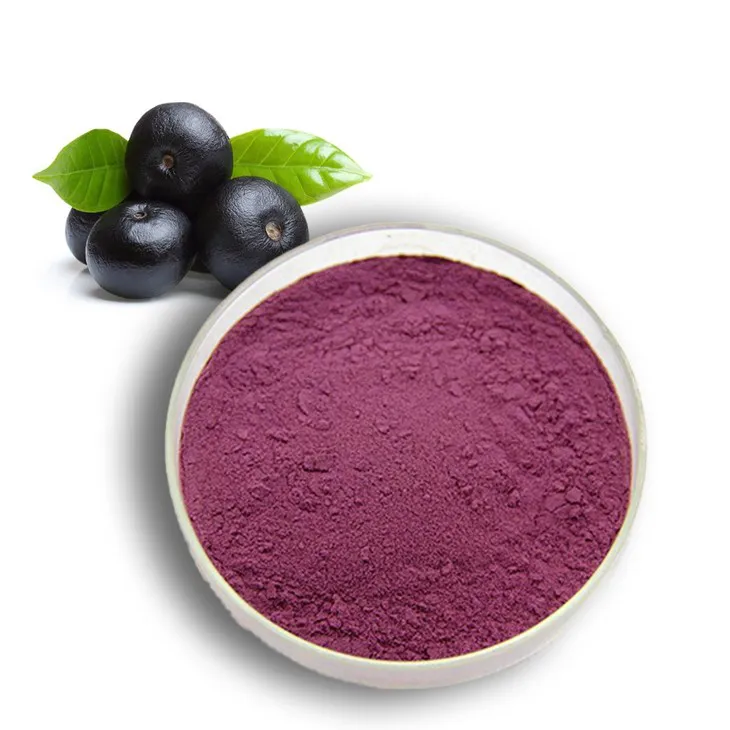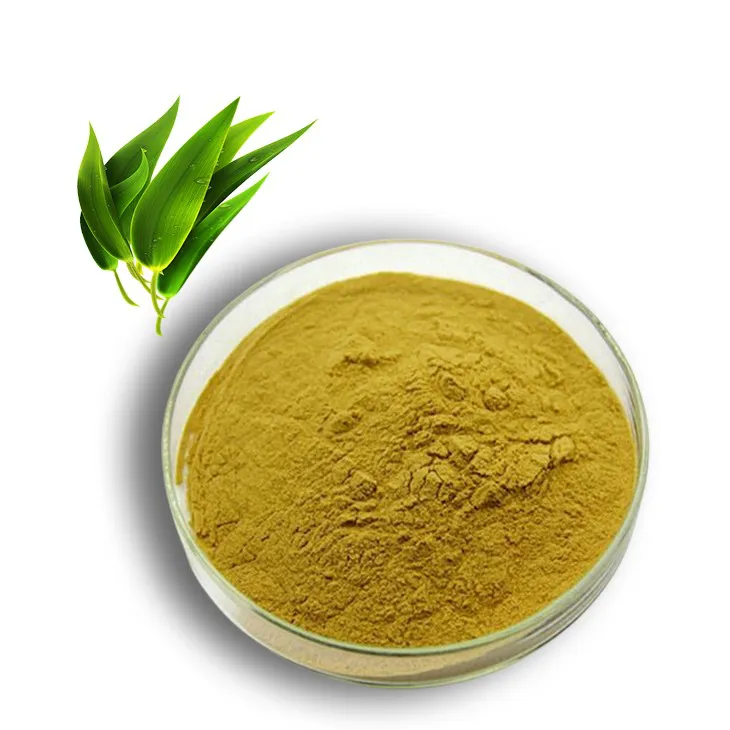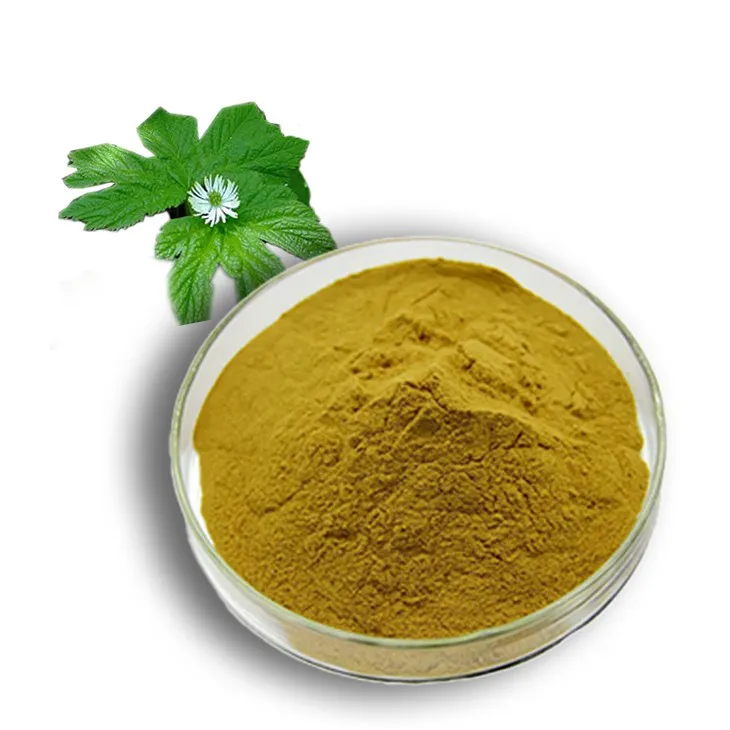- 0086-571-85302990
- sales@greenskybio.com
Watercress: Healthy Benfits and How to Harness
2025-07-29
In an era dominated by processed foods and artificial supplements, watercress is emerging as a forgotten champion in the quest for true vitality. Once relegated to mere garnish, this peppery green is now recognized as one of the most nutrient-dense foods available, delivering more nutrients per calorie than virtually any other edible plant. Recent research supports what ancient doctors and herbalists have observed for centuries: consuming a small amount of watercress daily can fortify the immune system, cleanse the body, and promote rejuvenation.
Nutrition Powerhouse Hiding in Plain Sight
Despite its humble appearance, watercress is rich in vitamins C, K, and E, as well as essential B vitamins, iron, calcium, and potent plant compounds like sulforaphane and beta-carotene. These nutrients give watercress strong anti-inflammatory and immune-boosting benefits, making it a natural alternative to synthetic supplements and medications. However, those benefits have often been overlooked by mainstream food and health industries, which typically promote shelf-stable, heavily processed products instead.
Watercress outshines trendy greens like kale and spinach in nutrient content and is especially high in antioxidants and glucosinolates, plant chemicals shown to help prevent cancer, relieve respiratory conditions, and reduce persistent inflammation. Its impressive levels of vitamin K and calcium provide significant bone-strengthening effects, lowering fracture risk by nearly 30 percent according to leading nutritional studies. Watercress also acts as a natural detoxifier, supporting the liver and kidneys and contributing to clearer skin and overall organ health.
History and Modern Science Align
Watercress’s healing powers are not a recent discovery. Physicians dating as far back as Hippocrates used watercress to purify the blood, while Persian doctors prescribed it for lung complaints. Today, scientific studies confirm watercress’s ability to slow tumor growth, lower bad cholesterol, and support vital organ function—often outperforming more expensive prescription drugs. Yet, industry trends have limited public awareness and promoted synthetic products over accessible, whole-food nutrition. Government guidelines rarely mention watercress despite evidence of its superiority to many processed “health” foods.
The Effects of Modern Agriculture and Food Policy
Watercress’s absence from grocery store shelves is a result of deliberate agricultural and policy choices. Governments incentivize large-scale cultivation of crops like corn and soy rather than diverse, nutrient-rich vegetables. The processed food industry, prioritizing long shelf life over nutrition, often marginalizes fresher, more perishable greens such as watercress. This, along with weak labeling laws and advertising practices, has sidelined watercress from the modern diet, despite the Centers for Disease Control ranking it as the world’s most nutrient-packed vegetable.
Taking back control by growing, foraging, and consuming watercress not only benefits personal health but also challenges a global food system driven by profit over wellness. Watercress grows easily in home gardens or containers and does not require chemical fertilizers or pesticides, making it a truly sustainable superfood. Consuming it raw preserves its exceptional enzyme and antioxidant content, which can be lost through cooking.
How to Harness Watercress’s Full Benefits
- Eat it raw in salads or chew fresh stalks to receive maximum nutritional value.
- Blend into daily green juices with citrus for added detoxification and heavy metal removal.
- Grow watercress at home or support local foragers to ensure pesticide-free access and support biodiversity.
- Share reliable, science-backed information about watercress’s anti-cancer and anti-diabetic effects to counteract nutritional misinformation.
Renewed interest in watercress signals a broader movement toward reclaiming real food as medicine. By restoring this “supergreen” to the daily diet, individuals can take an important step toward greater health sovereignty—proving that sometimes the most effective remedies are those harvested straight from nature.
- ▶ Hesperidin
- ▶ Citrus Bioflavonoids
- ▶ Plant Extract
- ▶ lycopene
- ▶ Diosmin
- ▶ Grape seed extract
- ▶ Sea buckthorn Juice Powder
- ▶ Fruit Juice Powder
- ▶ Hops Extract
- ▶ Artichoke Extract
- ▶ Mushroom extract
- ▶ Astaxanthin
- ▶ Green Tea Extract
- ▶ Curcumin
- ▶ Horse Chestnut Extract
- ▶ Other Product
- ▶ Boswellia Serrata Extract
- ▶ Resveratrol
- ▶ Marigold Extract
- ▶ Grape Leaf Extract
- ▶ New Product
- ▶ Aminolevulinic acid
- ▶ Cranberry Extract
- ▶ Red Yeast Rice
- ▶ Red Wine Extract
-
Apricot Powder
2025-07-29
-
Senna Leaf Extract
2025-07-29
-
Hericium erinaceus extract powder
2025-07-29
-
Bilberry Extract
2025-07-29
-
Sophora Flavescens Root Extract
2025-07-29
-
Acai Berry Extract
2025-07-29
-
Bamboo Leaf extract
2025-07-29
-
Sophora Japonica Flower Extract
2025-07-29
-
Golden Seal Extract
2025-07-29
-
Beetroot juice Powder
2025-07-29











